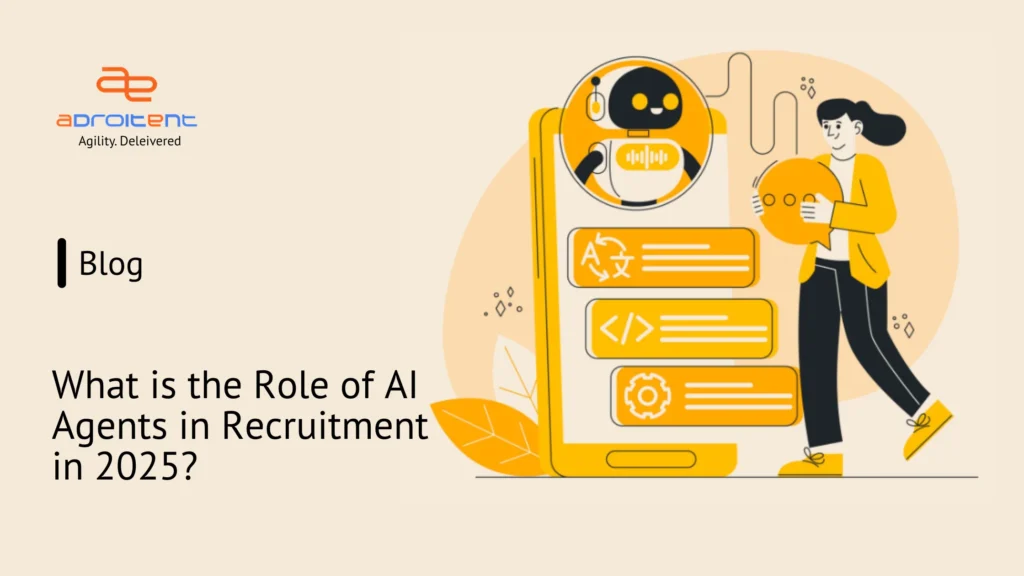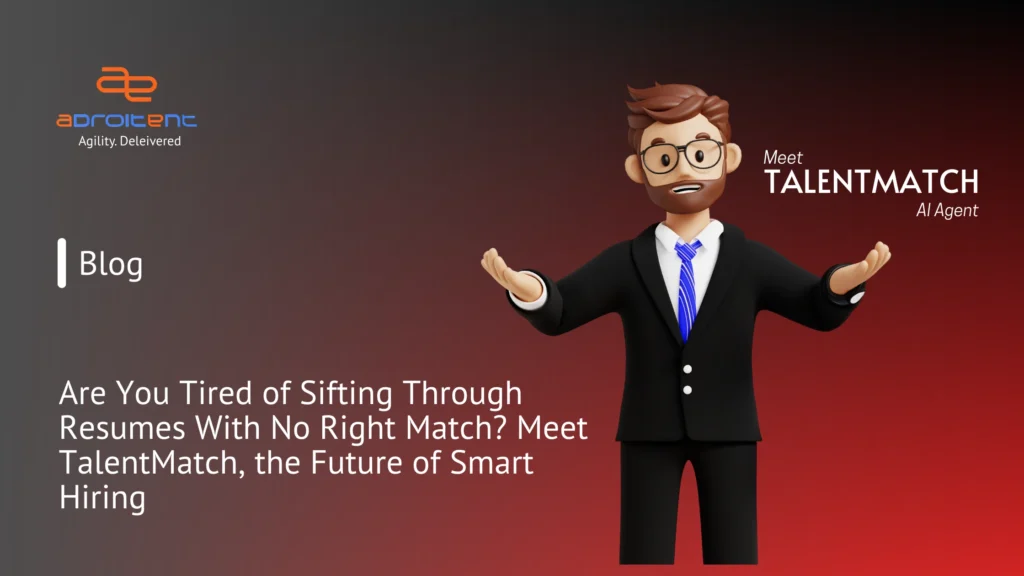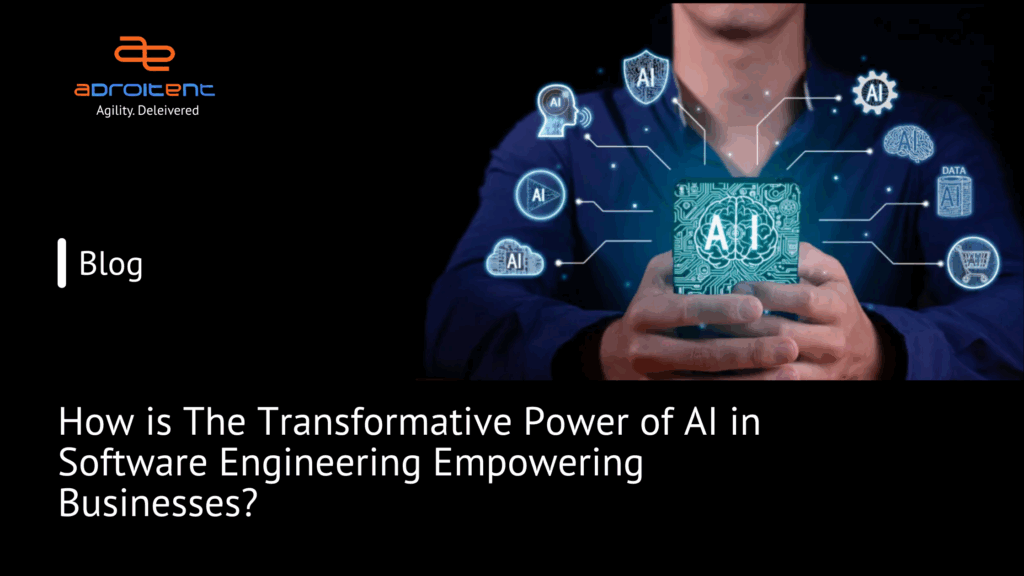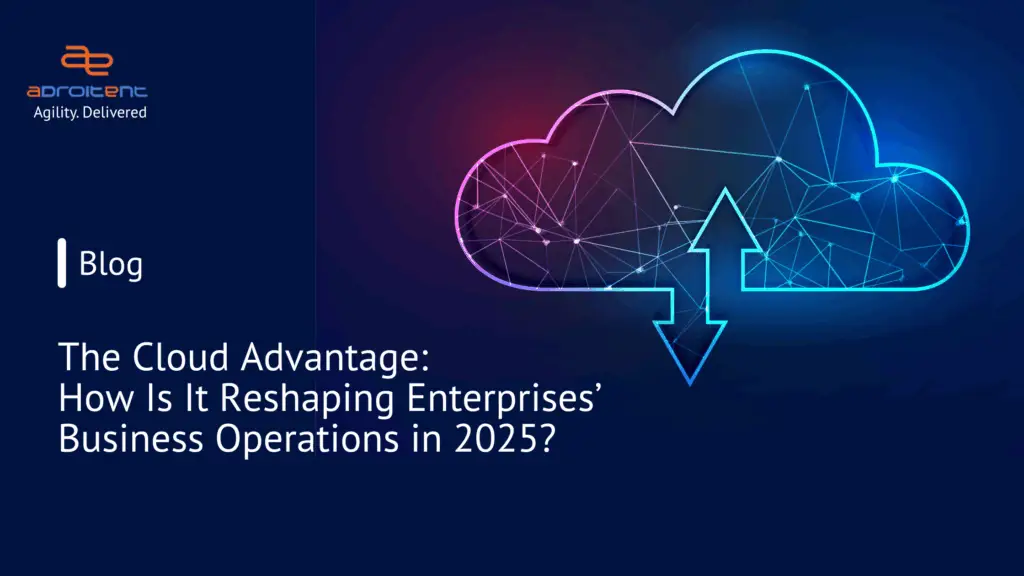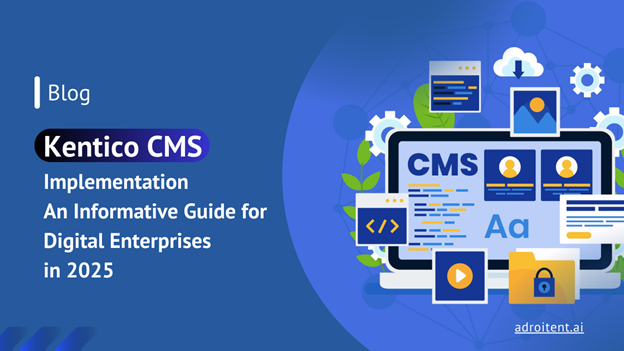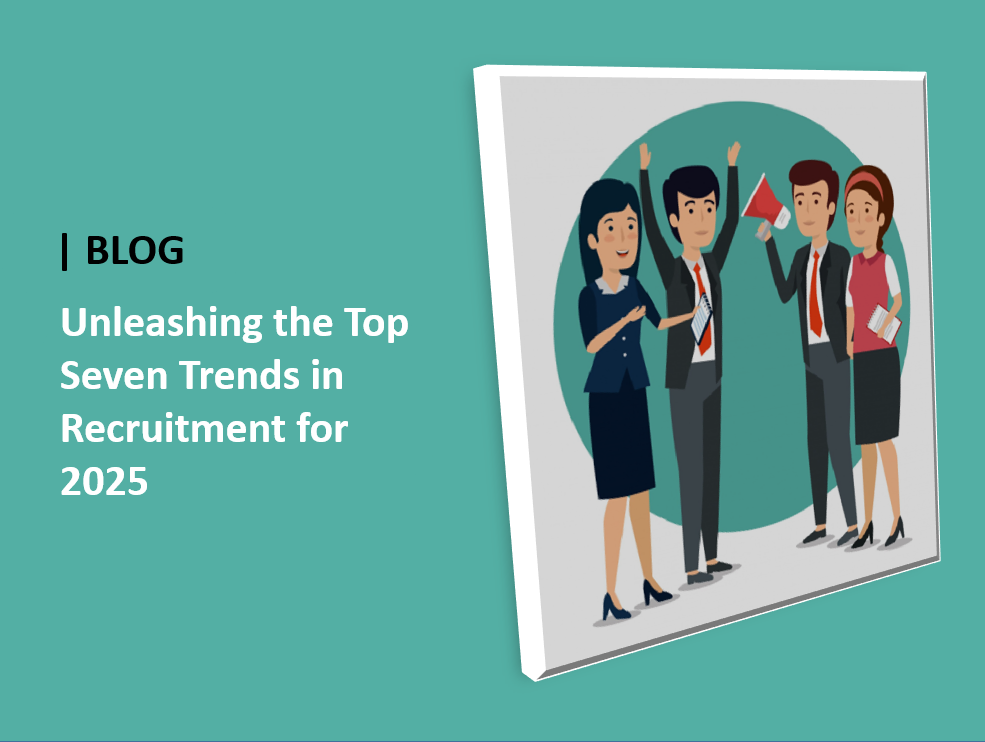What is the Role of AI Agents in Recruitment in 2025?
What is the Role of AI Agents in Recruitment in 2025? Table of Contents Introduction. Major Recruitment Challenges Faced by Recruiters in 2025. What is the Role of AI Agents in Recruitment?. Transformative Role of AI Agents in Recruitment. What are the Benefits of AI-driven Recruitment for Enterprises. Data Privacy and Compliance Aspects to Ponder. The Future Outlook of AI Agents in Recruitment in 2025. Conclusion. Adroitent’s Talent Match. Introduction In 2025, Artificial Intelligence (AI) agents are playing a pivotal role in reshaping recruitment strategies for enterprises and multinationals, making the process faster, data-driven, and candidate-centric. These AI agents are bound to transform every facet of the recruitment life cycle, moving it from a time-consuming process to a proactive, strategic, and efficient process. Major Recruitment Challenges Faced by Recruiters in 2025 Traditional recruiters relied more on manual screening, smaller networks, and older versions of Applicant Tracking Systems (ATS). Some of their common challenges include: Sifting resumes: Recruiters struggle manually sifting through thousands of applications for specific skill sets that becomes a time-consuming task. Greater competition: While drawing from global talent pools, recruiters face intense competition from others for the same pool of skilled professionals. Timely hiring: Businesses need faster hiring for project-specific roles by recruiters. Any delay in hiring impacts project delivery, innovation cycles, and ultimately brand value. Candidate experience: Due to delayed feedback from recruiters, the candidates might shift to other sources. Today’s candidates expect faster feedback and seamless experience from first touchpoint to offer acceptance. Thus, traditional Human Resource Information Systems (HRIS) and Applicant Tracking Systems (ATS) alone are no longer sufficient. This is where AI agents step in as the strategic orchestrators of talent. In 2025, enterprises and businesses require scalable, intelligent, and automated AI agents to keep pace with their dynamic global expansion demands. What is the Role of AI Agents in Recruitment? AI agents in recruitment represent a fundamental move from traditional keyword-driven candidate search methods to AI agents that bring cognitive capabilities. These agent capabilities mirror human intelligence while operating at speed, accuracy, and scale. These AI systems understand context, recognize patterns, and make intelligent decisions analyzing complex, and multi-dimensional criteria to shortlist profiles. Unlike rule-based old systems, AI agents adapt their candidate matching algorithms based on real-time outcomes, becoming more accurate and effective as they learn over time to shortlist profiles. This learning capability is particularly valuable for enterprises, multinationals, and GCCs, which often need to fill highly specialized roles with shorter timelines. Transformative Role of AI Agents in Recruitment In 2025, AI agents will be deeply embedded across the entire recruitment lifecycle, performing a myriad of intelligent tasks such as: Semantic Job Description Analysis: AI agents will go beyond keyword matching, semantically analyze job descriptions, understand the context, experience levels, etc. and shortlist the right candidates with high matching scores. Intelligent Profile Matching: AI agents scan internal and external talent pools (ATS, LinkedIn, and GitHub, niche forums, etc.) to identify candidates whose profiles contextually align with job requirements, making intelligent matching. Automated Scoring & Ranking: AI agents automatically score and rank candidates based on their overall role fit, significantly reducing the manual effort of screening. Recruiters will receive a pre-vetted, high-quality shortlist, freeing them to focus on better candidate engagement. Automated Summaries & Justifications: AI agents generate natural language summaries explaining why a candidate is a strong fit enabling short summaries on their fitment suitability. Chatbots & Virtual Assistants: Intelligent chatbots handle initial candidate queries 24/7, providing instant answers about job roles, company culture, and application status. These agents personalize communication, guiding candidates through the application process, ensuring an improved candidate experience. Interview Scheduling: AI agents automate the complex task of scheduling interviews across multiple time zones, sending reminders, and coordinating with hiring managers and candidates, reducing no-shows and administrative burden. AI-driven Assessments: For technical roles, AI agents will administer and evaluate coding and technical assessments, and even simulations, providing objective candidates’ performance data. Behavioral & Cognitive Analysis: AI agents assist in analyzing recorded video interviews for candidates communication patterns, emotional intelligence cues, and cognitive abilities, providing insights to recruiters, without human biases. Real-time Market Insights: AI agents monitor talent markets to provide thought leadership with strategic insights for workforce planning and compensation strategies. Predictive Analytics: AI agents predict future talent needs based on project pipelines, technology trends, and attrition patterns, empowering enterprises to proactively build talent pools. What are the Benefits of AI-driven Recruitment for Enterprises The implementation of AI agents in recruitment represents a paradigm shift from reactive to proactive talent acquisition powered with cognitive thinking capabilities. AI agents excel at what traditional recruitment tools struggle by understanding the nuanced requirements of complex technical roles, identifying the right candidates for the right job role. Some of the benefits with AI agents in recruitment include: Accelerates time-to-hire Scalability and higher quality of hire Enhances recruiter productivity with more focus on candidate experience Bias reduction Real-time market intelligence and market insights Predictive analytics for strategic workforce planning Cost efficiency Data Privacy and Compliance Aspects to Ponder While AI agents bring immense value, but enterprises need to evaluate the below aspects: Data privacy & compliance: Proper understanding and complying with GDPR, local data laws, and other policies should be taken into account. Bias in algorithms: Continuous monitoring is required to prevent hidden biases in AI models. Change management: Recruiters need training to work alongside AI agents effectively. Candidate perception: Striking the right balance between automation and human touch is the need of the hour for businesses in 2025. The Future Outlook of AI Agents in Recruitment in 2025 In 2025, AI agents will be deeply embedded across the entire recruitment lifecycle, performing a myriad of intelligent tasks such as: Semantic Job Description Analysis: AI agents will go beyond keyword matching, semantically analyze job descriptions, understand the context, experience levels, etc. and shortlist the right candidates with high matching scores. Intelligent Profile Matching: AI agents scan internal and external talent pools (ATS, LinkedIn, and GitHub, niche forums, etc.) to identify candidates whose profiles
What is the Role of AI Agents in Recruitment in 2025? Read More »

